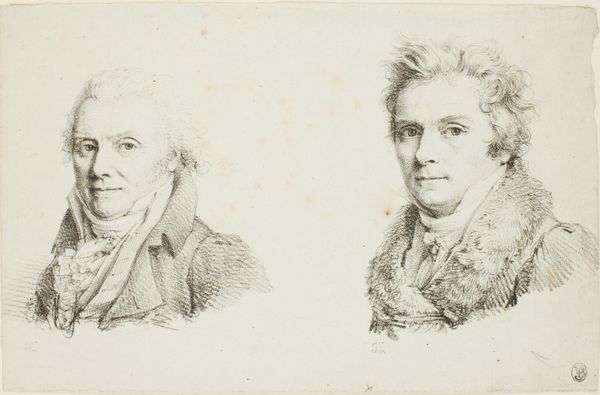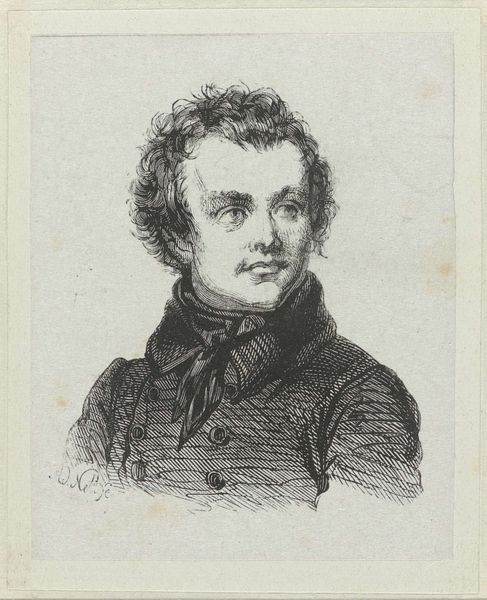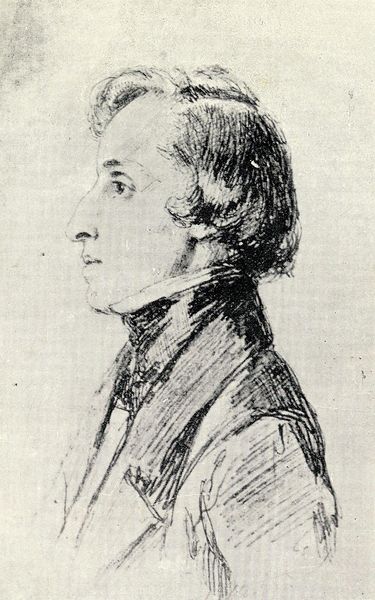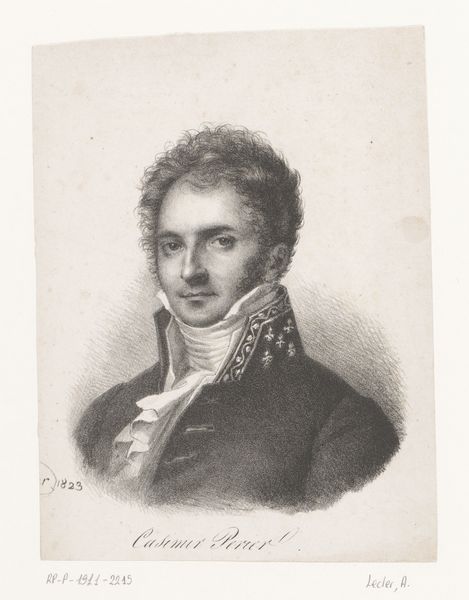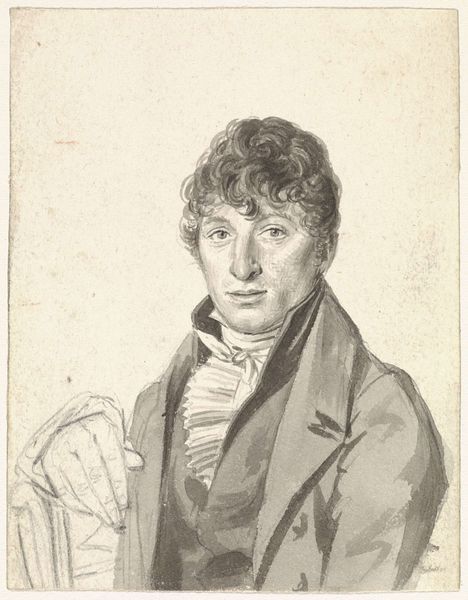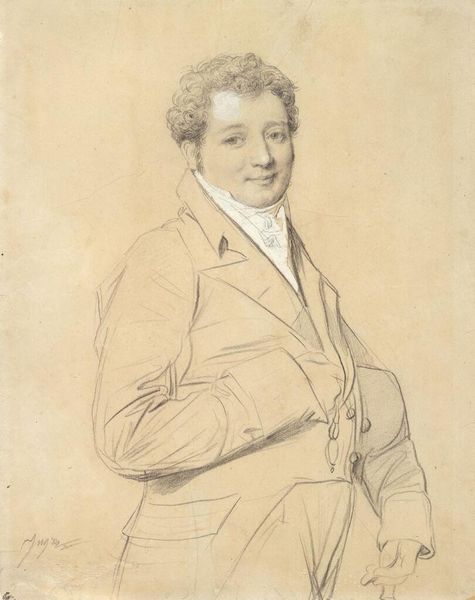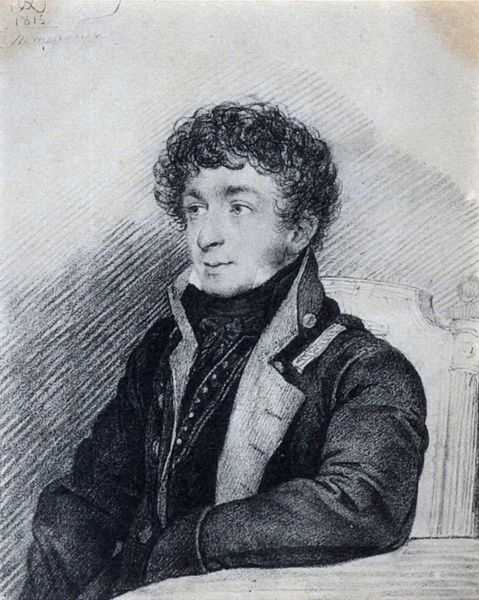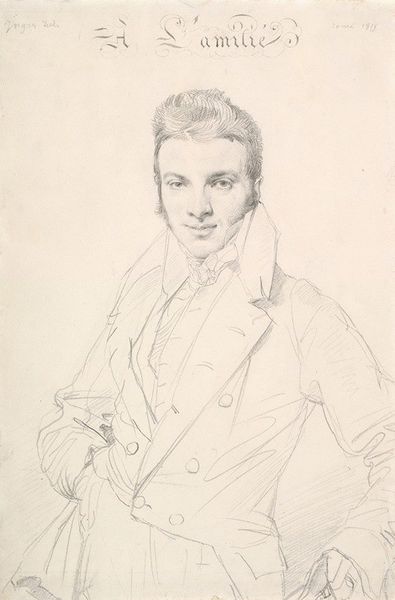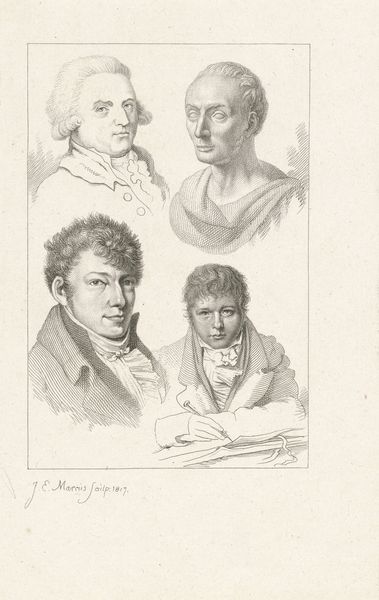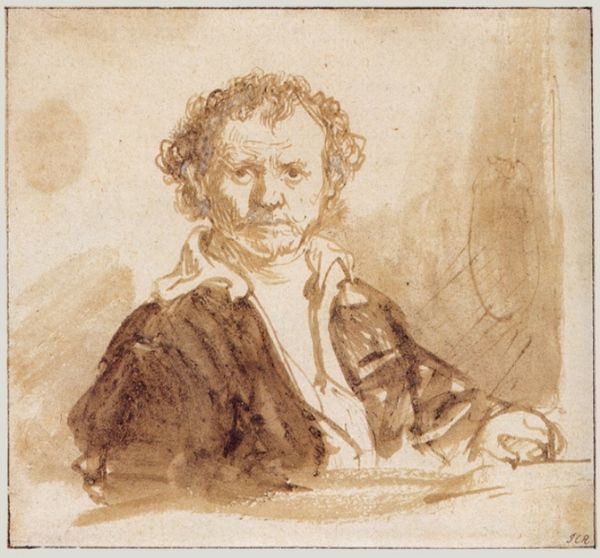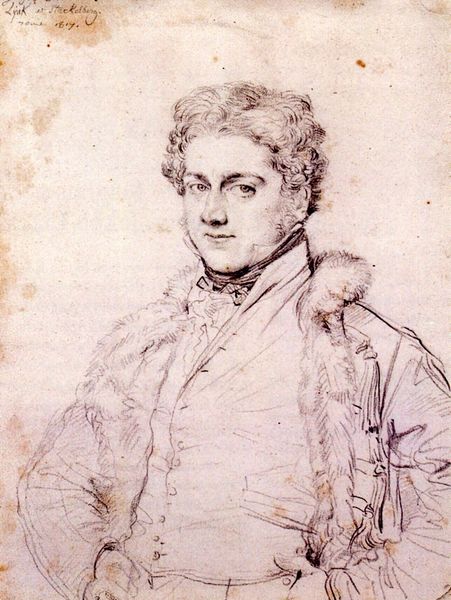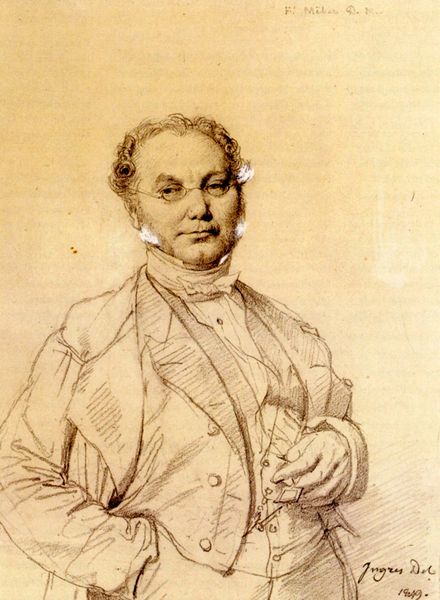
Otto Magnus von Stackelberg and Jacob Linckh 1817
0:00
0:00
jeanaugustedominiqueingres
Musée Jenisch, Vevey, Switzerland
drawing, pencil
#
portrait
#
pencil drawn
#
drawing
#
neoclacissism
#
pencil sketch
#
charcoal drawing
#
pencil drawing
#
sketch
#
pencil
#
portrait drawing
#
academic-art
Dimensions: 19.4 x 14.4 cm
Copyright: Public domain
Curator: Ingres completed this graphite portrait, titled "Otto Magnus von Stackelberg and Jacob Linckh," in 1817. It's now housed in the Musée Jenisch in Vevey, Switzerland. What are your initial thoughts? Editor: Intimacy. That’s what strikes me first. The scale enhances it, this closeness achieved by compressing two figures within the frame, coupled with the medium's softness. It presents a very human moment, stripped of grandiosity, really. Curator: Indeed. What resonates with me is how Ingres captures the spirit of friendship through a Neoclassical lens. Consider the idealization of form – a pursuit of classical beauty manifested even in something as ostensibly straightforward as a portrait. The faces become archetypes. Editor: Archetypes perhaps, but grounded by the visible hand of the artist. The immediacy of the graphite lines resists absolute idealization. It reminds me of structuralist film theory—a surface disruption always revealing the constructed nature of what's presented. The very visibility of the marks undermines the illusion of seamless classical perfection. Curator: And yet, consider the significance of the attire, reminiscent of republican ideals. They signal an allegiance to principles beyond mere aristocratic portraiture. These are intellectuals, participants in the cultural project of their time. Editor: Agreed, though I read those republican signifiers within a purely visual framework. The restrained palette serves to flatten forms, pushing forward an image that emphasizes linear composition. The lines dance across the surface. It becomes a study in contrasts: soft and assertive, light and shadow, creating depth with minimalist means. Curator: Yes, the interplay of light and shadow guides the viewer’s eye, highlighting not only their physical features, but perhaps suggesting different temperaments. There's a stoicism balanced by what feels like the potential for reverie in Stackelberg, and then a contained vibrancy with the subject beside him. Editor: So finally, the work functions as more than simply the sum of its formal properties but contains symbols, memory, narrative; your reading brings something more to my initial experience. Curator: And you have made me see that even portraits such as these can and should be enjoyed by virtue of their aesthetics, a vital perspective, to say the least.
Comments
No comments
Be the first to comment and join the conversation on the ultimate creative platform.
